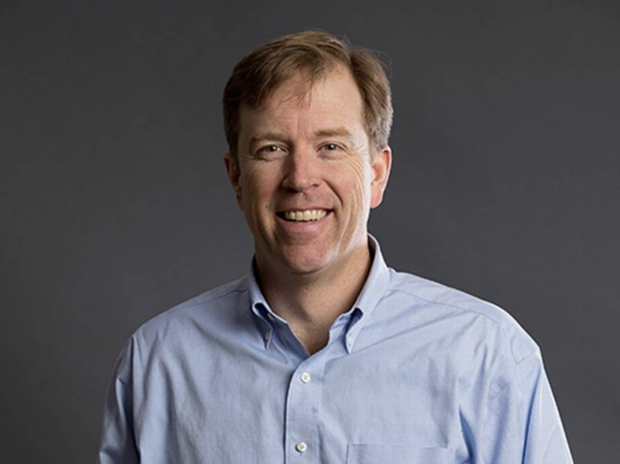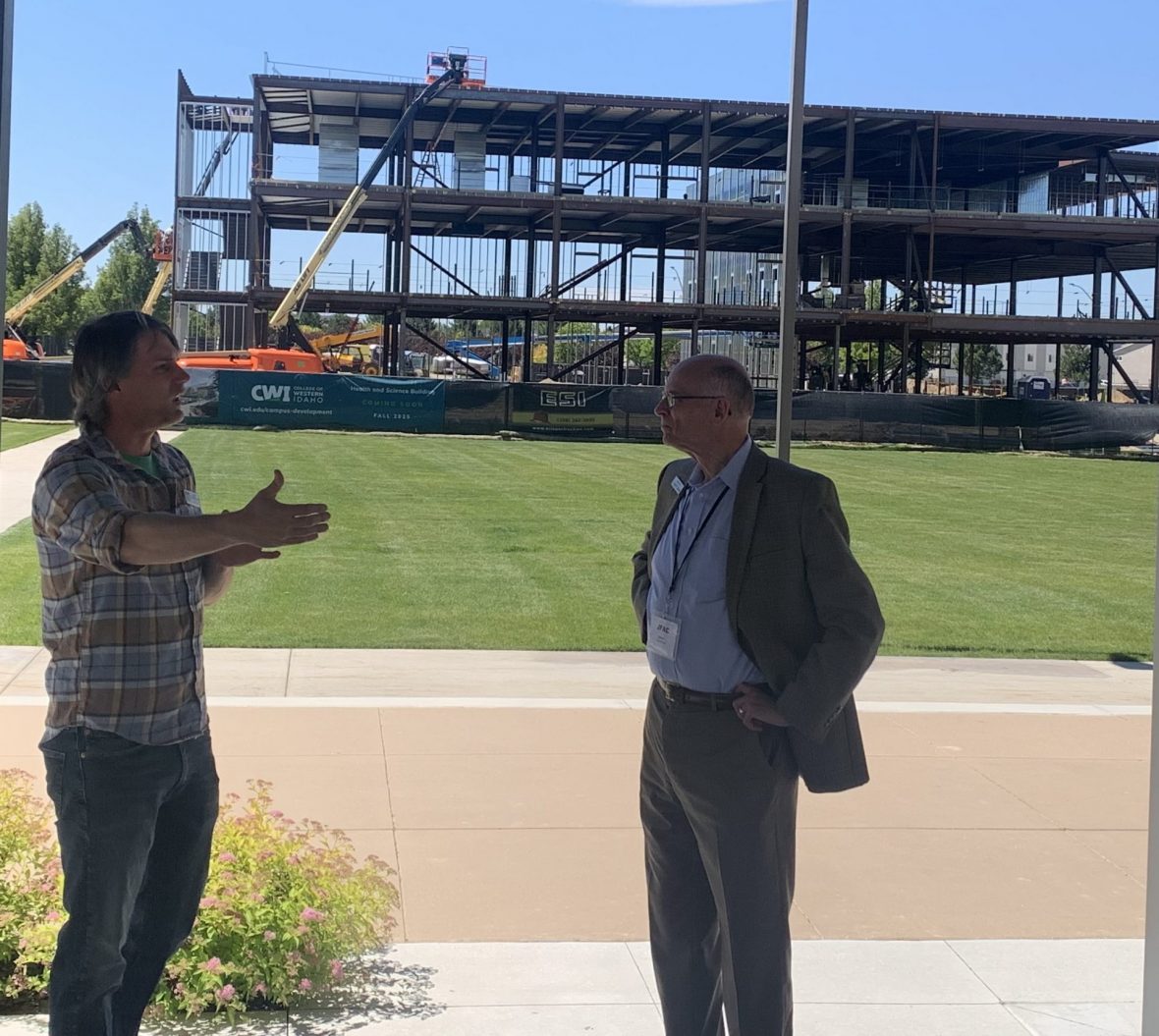
NAMPA — The College of Western Idaho gave the Legislature’s most powerful committee the runaround Wednesday afternoon.
After a box lunch, college officials showed off a law enforcement training class on one side of town. Then they put lawmakers on a bus ride across town to a strip mall, for a walking tour of several career-technical programs offered in a converted Sam’s Town. On the final stop, a few blocks from the strip mall, they provided a quick update on one of CWI’s big construction projects: a new health and science building.
The whirlwind itinerary was no accident.

“That’s actually, in some cases, what our students have to do,” CWI President Gordon Jones told lawmakers. “We’ve mimicked it.”
CWI’s guests were members of the Legislature’s Joint Finance-Appropriations Committee, which is in charge of drawing up budget bills for every state agency, including Idaho’s four community colleges. College officials spent the afternoon highlighting CWI’s dizzying growth — and the challenges that come with it.
Approved by Ada and Canyon county voters in 2007, CWI now serves 30,000 students. “That is a rocket ship,” Jones said.
With that growth, Idaho’s largest community college has been in a space race. Administrators have been gobbling up leased properties to serve as temporary classrooms. But that’s costly for the college and inconvenient for students. Scattered education, Jones said, is “anonymous” education.
CWI is gradually getting out of its building leases; for instance, the college owns the converted Sam’s Club retail site, rebranded the Micron Education Center. CWI’s main Nampa property — 100 acres, largely undeveloped, with abundant swaths of soccer fields — provides the canvas for a future campus.
With state funding, several projects are starting to fill some of the empty acres.

The health and science building is scheduled to open next fall, providing new and purpose-built lab space and consolidating related but scattered programs under one roof. Nearby, a 40-acre horticulture site and agricultural science building is also about a year from completion. A student learning hub, scheduled to open in 2026, will house the library, the bookstore, tutoring and other student services.
Elsewhere at CWI, demand presses against capacity.
Mike Wheeler, a self-described “used-up old welder,” now chairs CWI’s manufacturing and welding program, housed at the Micron Education Center. Staff and space are obstacles to growth; he’s concerned about finding instructors to fill three positions, and finding room, if more of his welding students decide to stay for more advanced second-year classes. Meanwhile, other students are parked on a waiting list.
“My biggest concern right now are students we’re not getting,” Wheeler said.
Also on the Micron Education Center’s first floor, CWI’s automotive service program would seem to fit the definition of an in-demand career. After two years and $17,000, graduates can leave with an associate’s degree, a case of tools needed to work, and pretty much a guaranteed job in the Treasure Valley, or anywhere else. Department chair JohnD Thompson is bracing for a student surge through Idaho Launch, a fledgling program that provides high school graduates with up to $8,000 to pursue an in-demand career.
“We’re trying to figure out a solution,” Thompson told JFAC members.
Launch will attract even more students to CWI — especially for programs like welding or auto repair.
Already, 943 students have accepted Launch grants that they plan to use at CWI this fall, State Board of Education executive director Matt Freeman told budget-writers Wednesday morning. That figure exceeds the number of new students who enrolled at CWI a year ago, before Launch grants were available.
The $70.8 million Launch program has enjoyed widespread and bipartisan support in JFAC, and on Wednesday, the rollout was on Rep. Clay Handy’s mind. Handy, R-Burley, asked Jones if CWI could add more Launch-oriented classes — making maximum use of its learning facilities, and limiting the number of students on a waiting list.
Jones was noncommittal. CWI already offers three welding sections a day, he said, and the liability risk associated with an added, 2 a.m. welding class gave him pause.
JFAC’s Senate co-chair, C. Scott Grow, R-Eagle, posed a longer-range question to Jones. After 15 years of meteoric growth, what could the next 15 years hold?
Jones said his staff already is talking about a monumental milestone: student numbers topping 50,000. Growth doesn’t seem to be slowing, and college leaders are talking about how to accommodate 50,000 students on a lean budget.
Jones ran the numbers. Of the state tax dollars that go into higher education, about 76% goes to Idaho’s four four-year schools. The community colleges share the remaining 24%, and that includes about $20.8 million that went to CWI this year.
But while the community colleges receive about a quarter of the state’s higher ed funding, they serve about half of the state’s higher ed student population.
“Does that reflect where we think the ball is headed?” Jones asked.
